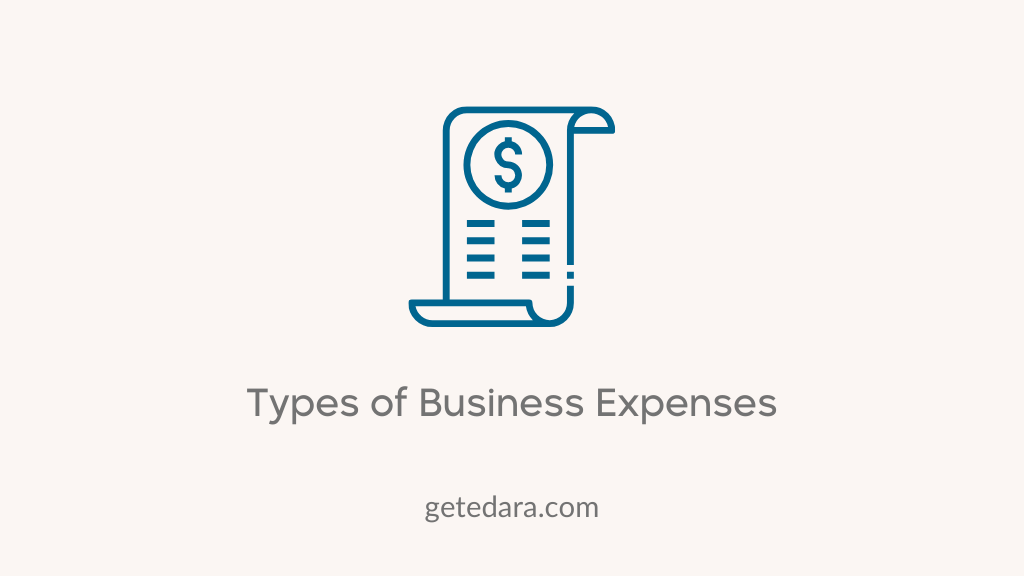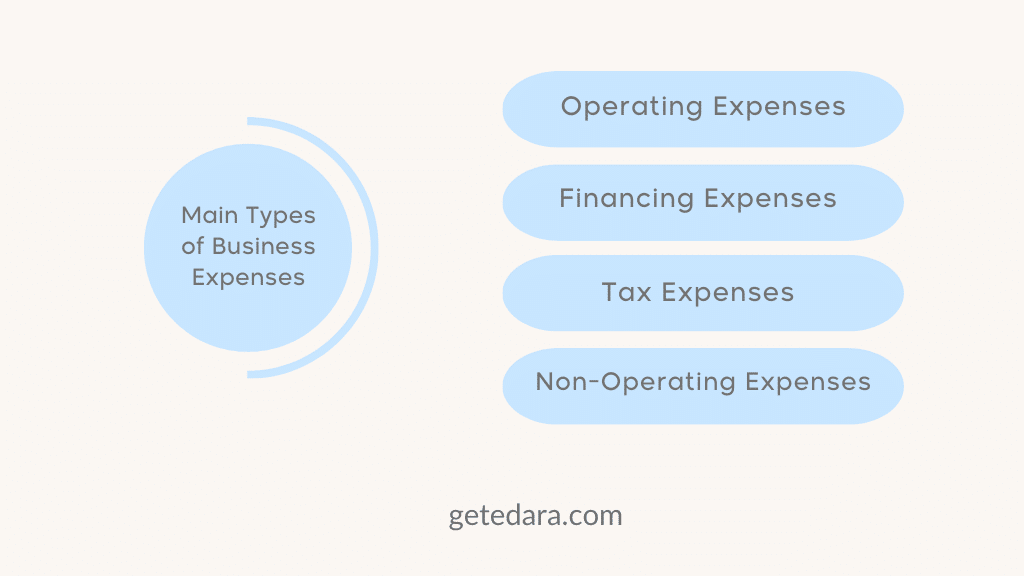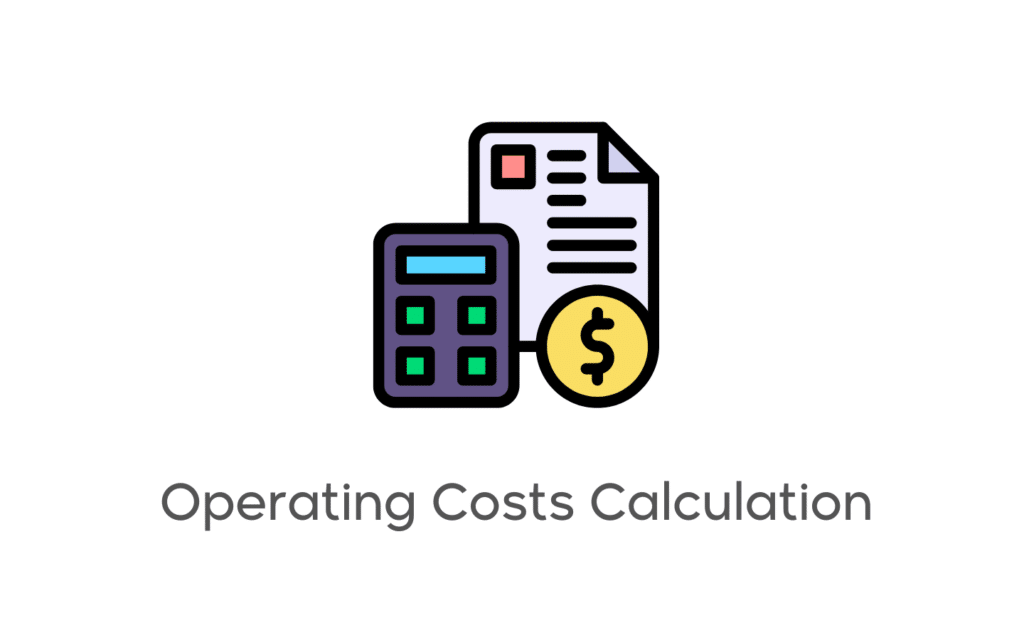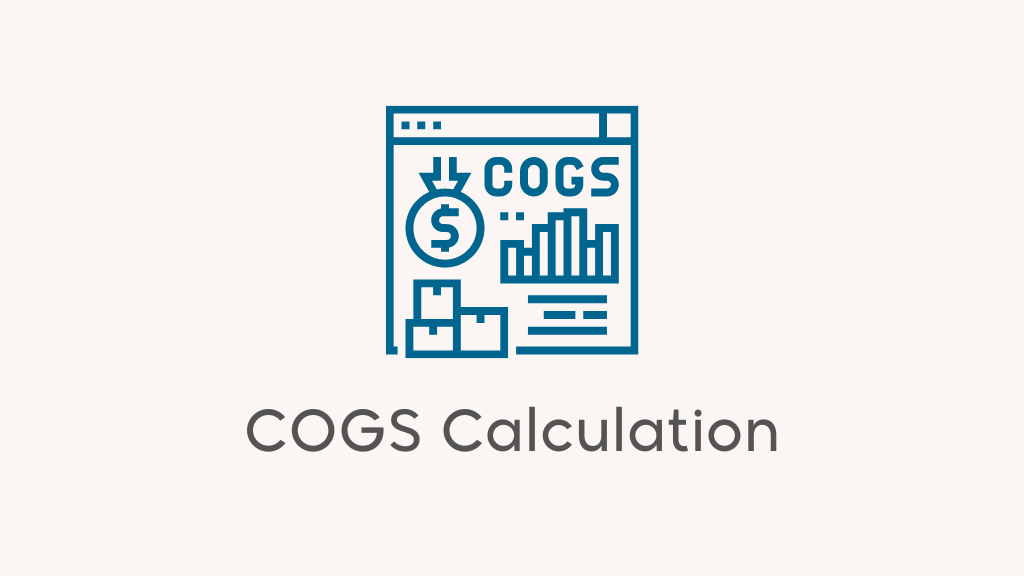Mastering Business Expenses: Types, Management Tips, and Smart Tools
3 Reading minutes
Effective expense management is key to a business’s long-term success. It’s not just about tracking numbers—it’s about aligning spending with strategic goals.
By controlling expenses wisely, companies can cut unnecessary costs, optimize operations, and fuel sustainable growth.
This article explores the main types of business expenses and how to manage them.
Cost vs. Expense: Key Accounting Terms Every Business Should Know
In business, expenses are the outgoing cash flows used to operate the company and invest its resources to deliver a product or service.
It’s important to distinguish between “cost” and “expense.” While they may seem interchangeable, accounting defines “cost” as money spent on assets that generate long-term value, whereas “expenses” are recurring, short-term outflows typically tied to a single fiscal year.
Common types of business expenses include employee wages, rent, taxes, and asset depreciation.
Types of Business Expenses
Business expenses can be categorized into several main types, including:

1. Operating Expenses
These are the day-to-day costs incurred to keep the business running. They are essential for sustaining operations and have a direct impact on profitability. Key examples include:
Cost of Goods Sold (COGS)
COGS represents the total direct costs associated with producing the goods a company sells during a specific period. It includes raw materials, direct labor, and manufacturing-related expenses.
Example: If a company sells smartphones, its COGS would include components like screens, processors, and batteries, as well as the labor costs for assembling the phones.
Salaries and Wages
One of the largest operational expenses in any business, this includes payments to managers, administrative staff, and workers—both full-time and part-time—along with benefits such as health insurance, bonuses, paid leave, and incentives.
Rent and Utilities
This includes the cost of renting offices or factories, depending on location and size, along with monthly bills for electricity, water, internet, and gas. Businesses can reduce these costs through energy-saving strategies and better resource management.
2. Financing Expenses
Continuing with the types of business expenses, financing expenses refer to the costs incurred when securing funds to support the company’s operations or investments. These include:
Loan Interest
Payments made to banks or financial institutions for borrowed funds.
Example: If a company borrows EGP 1 million to build a new factory, the annual interest paid on that loan is considered a financing expense.
Bond Issuance Costs
Expenses related to issuing bonds to raise capital from investors, along with the interest paid to them in return for their investment.
3. Tax Expenses
The third type of business expenses includes taxes that companies are legally obligated to pay to the government. These include:
Income Tax
A tax levied on the company’s net profit after deducting all expenses, usually imposed by national and local authorities.
Other Taxes
Such as property tax, import/export duties, and other local taxes.
Example: Taxes paid on company-owned buildings and land used for operations.
4. Non-Operating Expenses
The final category of business expenses includes non-operating expenses—costs not directly related to the company’s core operations. These cover a wide range of financial losses unrelated to the production or sale of main products or services.
For example:
Investment Losses
These occur when a company loses money on assets or securities that have declined in value. This may result from falling stock prices, a drop in property values, or selling investments below their purchase price.
Asset Disposal Losses
Financial losses incurred when assets are sold for less than their book value. These assets can include equipment, property, vehicles, land, or any other company-owned resources.
How to Manage Business Expenses Effectively?
Proper expense management is a key factor in a company’s success—especially with the growing variety of business expenses. To manage them wisely, consider the following:
- Clearly identify and categorize expenses to allocate appropriate budgets.
- Regularly review budgets to control overspending and find cost-saving opportunities.
- Optimize stock management to reduce waste and lower storage and transport costs.
- Prioritize spending that supports core business goals.
- Leverage modern technology to streamline expense tracking and control.
How Can “Edara” Help You Manage Expenses?
“Edara” is a comprehensive accounting system that offers a full accounting module, enabling you to:
- Classify expenses into groups.
- Create cost centers for each branch.
- Generate detailed reports by type, employee, client, or period.
- And manage recurring expenses.
Conclusion
Business expenses fall into four main categories: operating, financing, tax, and non-operating expenses.
The key challenge for any company is to plan and manage these costs carefully—ensuring they never exceed revenue.
Since manual tracking is nearly impossible, Edara helps you monitor expenses accurately and make informed decisions.
Contact us to learn more.
Resources
Related articles
Operating Costs Calculation: Unlocking Financial Health and Sustainability
Understanding operating costs calculation is crucial for any business, as it provides a clear picture of the financial health and sustainability of a project. In this article, we'll delve into…
Calculating the Cost of Goods Sold for Efficient Financial Management
In the intricate world of business finance, calculating the cost of goods sold (COGS) is a crucial aspect that provides insight into the direct expenses associated with the production of…

